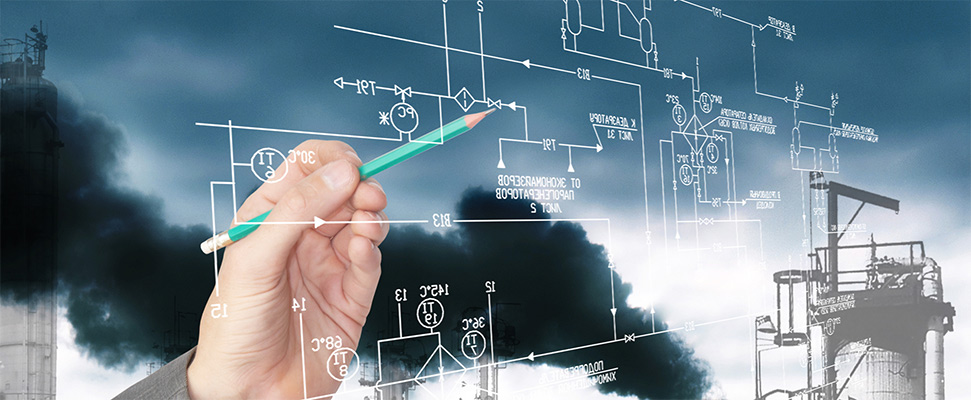Engineering Support
Engineering Technical References & FAQ's
This information is provided to assist design engineers faced with the challenge of protecting equipment against the damaging effects of shock and vibration.
In today's world increasingly sophisticated equipment and harsh environmental conditions mean that engineers are continually faced with the need to improve shock and vibration isolation. Electronic equipment is often considered for use in environments that are far from compatible with their original design specifications. Even if the equipment survives initial vibration testing the life expectancy and reliability will be considerably reduced unless suitable protection is provided.
Equipment installed in military vehicles, ships and aircraft is subject to severe shock conditions. Merely strengthening the equipment to withstand these conditions often means an unnecessary increase in weight, size and cost. The use of carefully selected isolators is nearly always more effective in protecting the installation.
This information describes theory and methods that may be applied to any vibration or shock protection problem enabling engineers to hold meaningful discussions in the early stages of a design concept where it is critical to quickly establish basic parameters to asses the correct type of mounting system needed.
Should the problem be beyond the capability of a standard catalog product, we have the engineering expertise and facilities to design a special engineered solution that meets the customer's needs.
Technical FAQ's

Application Brochures
- Cab Mounts for Highway Vehicles
- Powertrain Isolators
- Metal Mesh Isolators
- Suspension Components
- Cooling Systems
- Fluid Mounts
- Isolator Selection Guide
- Application Matrix (PDF)
- Isolators for Shipboard Electronics
- Isolators for Military Ground Vehicle Electronics
- Isolators for Aircraft Electronics
- Engine Mounts for Off-Highway Equipment
- Cab Mounts for Off-Highway Equipment
- Customer Isolator Design Capabilities
Contact Us
The personal data collected are processed, the responsibility of which is HUTCHINSON AEROSPACE & INDUSTRY INC. company, in order to respond to your request for information and/or for the purpose of commercial prospecting. Mandatory fields to be completed are marked with an asterisk. The legal basis for the processing is your consent, which you may withdraw at any time, without prejudice to previous processing operations. Personal data are reserved for the use of the HUTCHINSON group and may only be transmitted to companies of the HUTCHINSON group and/or commercial partners for commercial purposes, if you have expressly consented to this.
In accordance with the regulation relating to personal data (GDPR), you have the right of access, rectification and erasure of your personal data, as well as the right of opposition to their processing. You may request the disclosure of your personal data and you have the right to define guidelines for the treatment of your personal data after your death. You can also request the portability of your data as well as the limitation of their processing, and/or file a complaint to your local authority.
You can exercise your rights and ask us about the processing of your personal data by contacting us at the following email address: [email protected]
To find out more read our Privacy and Cookies Policy.
